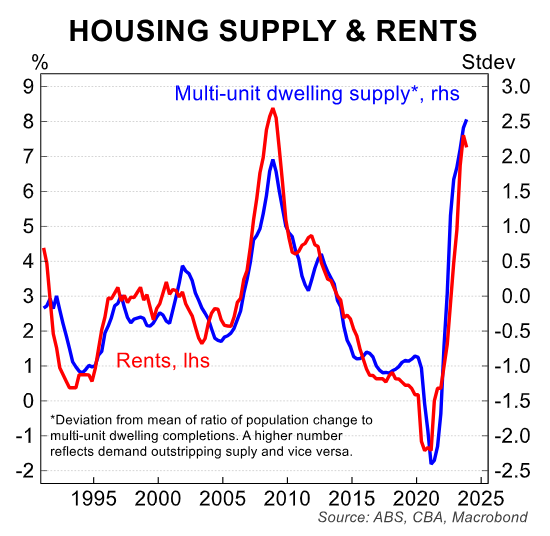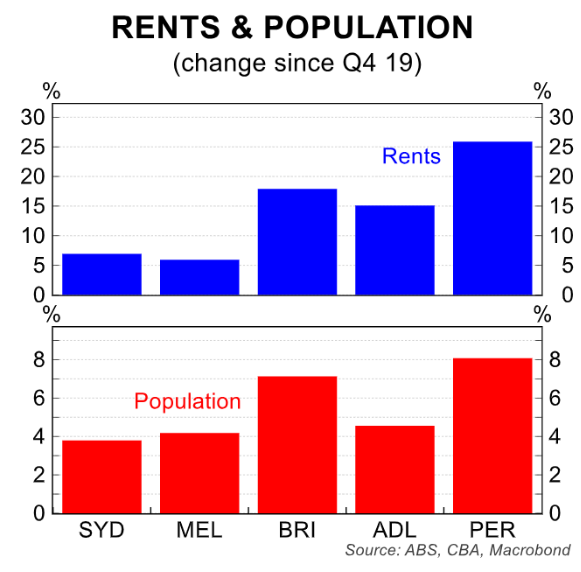I don’t know Annabelle Crabb well. We had coffee once. She seemed nice until I told her the truth about the Aussie economy. At that point, her eyes glazed over, like all fake left intellectual frauds do.
They don’t like to hear the truth that it is the fake left who are the most ferocious promoters of inequality.
We see it again today in the Crabb Walk of housing:
According to Abraham Maslow’s famed “Hierarchy of Needs”, human beings will act with urgency to address basic physiological requirements for survival (food, air, shelter, water and so on) before worrying about more existentially trifling issues, like whether they are actually happy or what they think of the Marvel franchise.
In Maslow’s theory, you only worry about the next level — they range up through safety, then belonging and love, then esteem, then cognitive well-being and so on — once you’ve satisfied the one before.
The final level, the pointy bit of the pyramid with which Maslow’s model is regularly depicted, is “Transcendence”, which until recently in Australia involved buying a $15,000 light machine off Pete Evans.
The theory finds broad support in the current Australian political environment, where basic needs are absolutely front of mind: food, warmth, housing.
These basic needs are all expensive, and getting more so, and the number of households finding themselves obliged to “pick any two” is on the way up.
But what is it about this last-mentioned need — housing — which lends itself historically to quite such crazed policy-making at the federal level?
What does the Crabb walk do with this insight? Nothing. She surveys the problem in her usual charming fashion and then leaves us with zero solutions.
This is deliberate. Because the solutions are painful to the fake left ABC. So painful that the Crabb walk would be ostracised by the culture, probably sacked as well, and almost certainly cancelled from existence.
The solutions to cheaper housing – both renting and buying – are easy economically:
- Slash immigration to 90k per annum or lower.
- Slash negative gearing and capital gains taxes except on new builds.
End of story. House prices and rents would fall for years and youth would regain access to the base of Maslow’s pyramid.
Alas, the promotion of such basic economics is not the Crabb Walk’s goal. Her objective is to signal virtue while making the underlying issue far worse.
Indeed, the Crabb Walk has been busy gaslighting all and sundry for months to ensure no such policies are enacted:
Why do voters think the housing crisis is connected to immigration? Because both major parties have told them it is.
The Albanese government’s recent budget installed controls on international students, explicitly tying this decision to the shortage of housing supply. And opposition leader Peter Dutton took the rhetoric a step further, promising to reduce overall immigration rates to take housing pressure off ordinary Aussies doing it tough.
When economic times are tough, the fear in an island nation that new arrivals will be another beak in the trough depriving one’s own children of opportunity is easy to ignite.
Interestingly, the degree of concern about immigration’s threat to the youth of Australia is lowest among the actual youth of Australia. The RedBridge survey finds that over-65s are the most worried about immigrants making housing less affordable — and 18-34-year-olds are the least worried.
Australians know immigration raises housing costs because they are not absolute bloody idiots:


Yet, ironically, the Crabb Walk will be cheered on by the suicidal youth cancel culture at the post-truth ABC.
I guess the Crabb Walk has a mortgage to pay as well.

